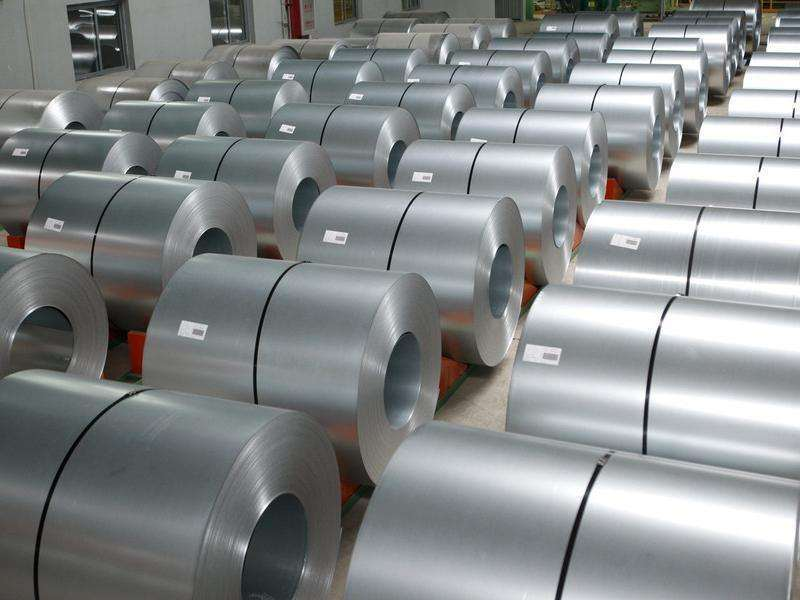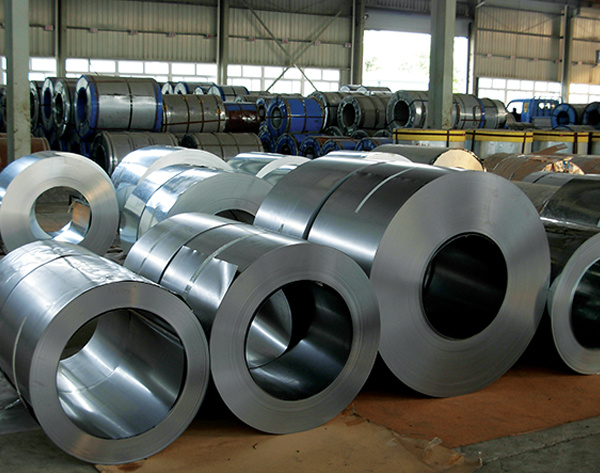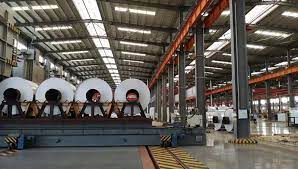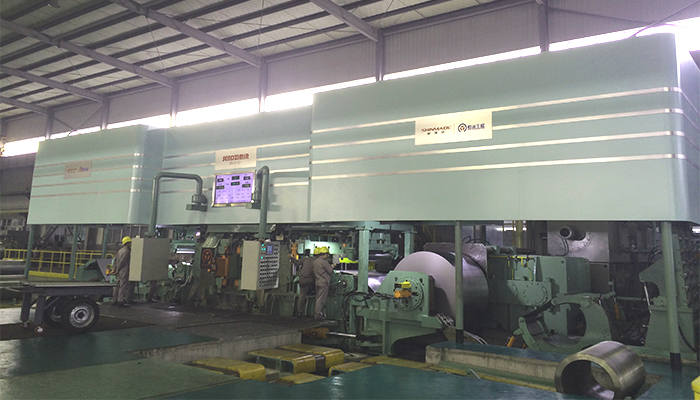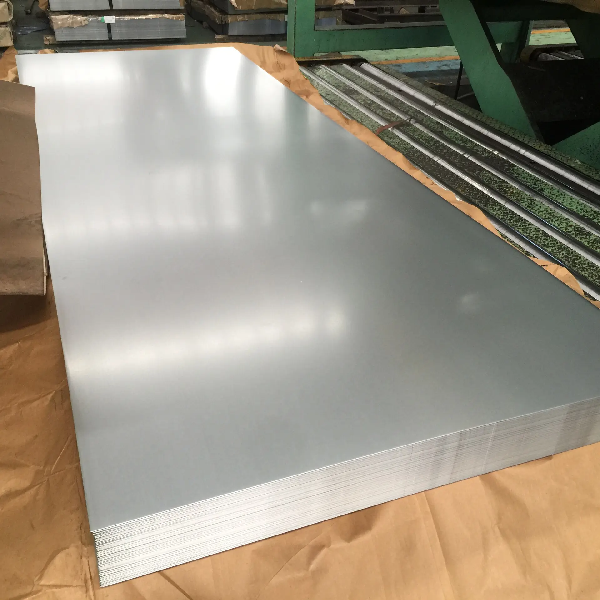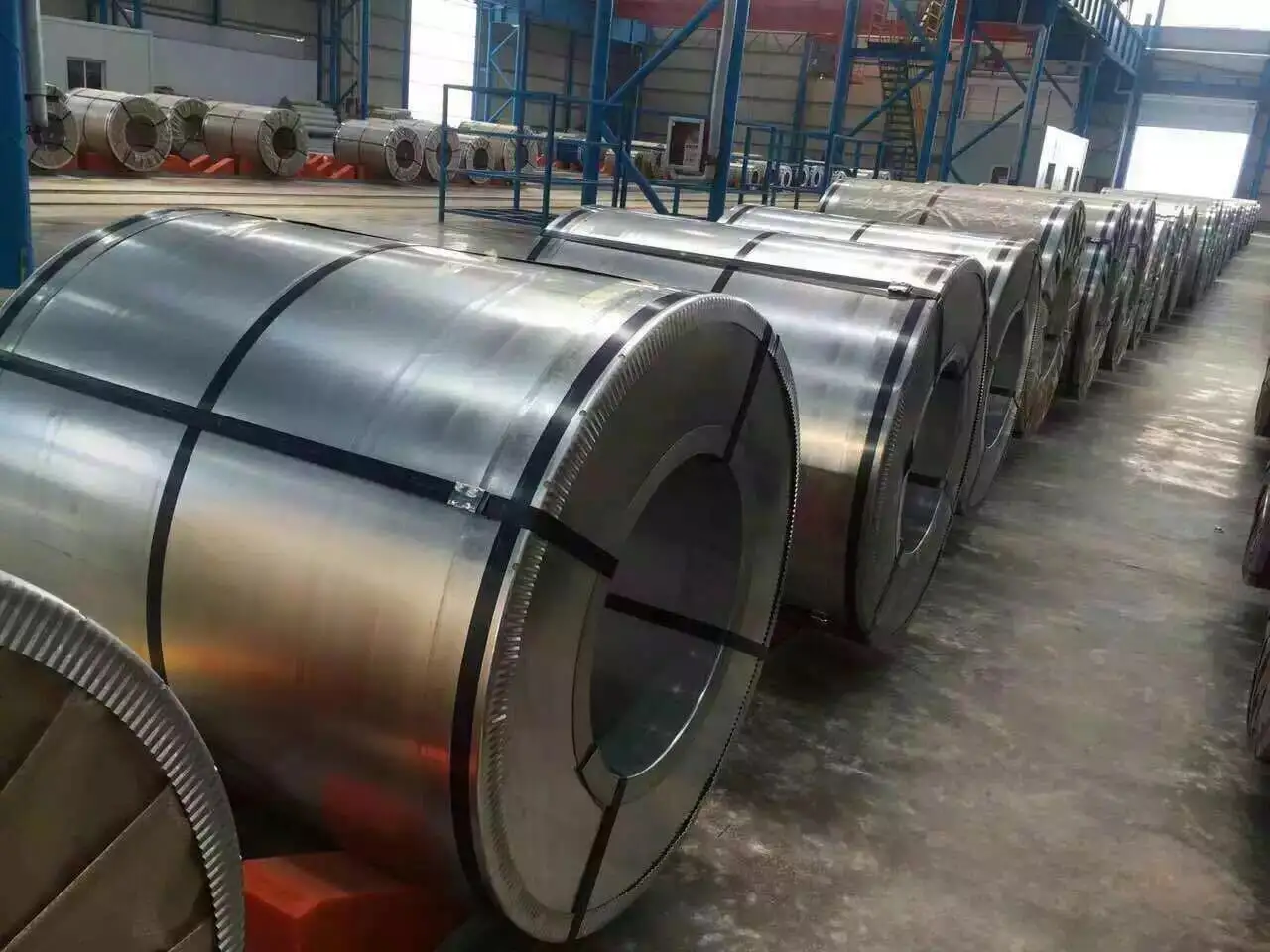1. Brief introduction of ordinary cold-rolled plate
It is a product obtained by cold pressing of hot-rolled sheets. Due to the multi-pass cold rolling, its surface quality is better than that of hot-rolled sheet, and after heat treatment, good mechanical properties can be obtained.
1. Classification of the use of ordinary cold-rolled plates
According to the different needs of production enterprises, cold-rolled sheets are usually divided into:
Generally used cold-rolled sheet, stamping-grade cold-rolled sheet, deep-drawing, extra-deep-drawing and ultra-deep-drawing-grade cold-rolled sheet,
Generally delivered in coils and flat sheets, the thickness is expressed in millimeters,
The width is generally: 1000mm and 1250mm, and the length is generally 2000mm and 2500mm.
2. The grade of ordinary cold-rolled plate
Common grades are:
Q195, Q215, Q235, 08AL, SPCC, SPCD, SPCE, SPCEN, ST12, ST13, ST14, ST15, ST16, DC01, DC03, DC04, DC05, DC06, etc.;
ST12:
Expressed as the most common steel grade, the material is basically the same as that of Q195, SPCC, and DC01 grades;
ST13/14:
The steel grade expressed as stamping grade is basically the same as the material of 08AL, SPCD, DC03/04 grades;
ST15/16:
The steel grade expressed as stamping grade is basically the same as the material of 08AL, SPCE, SPCEN, DC05/06 grades.
3. The method of expressing the grade and size of ordinary cold-rolled plates
For example, ST12 produced by Taishan Industrial Development Group Iron and Steel Co., Ltd., 1*1250*2500/C, expressed as: grade ST12 ordinary cold plate, thickness is 1mm, width is 1250mm, length is 2500mm or C coil.
The appearance is packaged with white iron skin, and the mechanical properties are the most common and basic steel grades, which can only be used for bending and forming, not for stamping. Used for mechanical bite,
For example, the shell of the refrigerator, the fuel tank of the vehicle, etc.
Products above ST13 are used in industries that require deep drawing, such as automobile manufacturing, fuel tanks for diesel engines, etc., which one to use depends on the deep drawing requirements.
The difference between ST12 and SPCC: The mechanical properties of the two products are almost the same, but the return method is different. The tensile properties of the ST12 material are relatively stronger than that of SPCC.
Japanese JIS standard material meaning
SPCC—S means steel (Steel), P means plate (Plate), C means cold (Cold), C means commercial (Commercial), which is the Japanese JIS standard.
If you need to ensure the tensile strength, add T at the end of the grade, which is: SPCCT.
SPCD—indicates cold-rolled carbon steel sheet and strip for stamping, which is equivalent to China’s 08AL (13237) high-quality carbon structural steel.
SPCE—Indicates cold-rolled carbon steel sheet and strip for deep drawing, which is equivalent to China’s 08AL (5213) deep drawing steel.
If non-timeliness is required, add N at the end of the grade to be SPCEN.
Cold-rolled carbon steel sheet and steel strip quenching and tempering code: annealed state is A, standard quenching and tempering is S, 1/8 hardness is 8, 1/4 hardness is 4, 1/2 hardness is 2, full hardness is 1. Surface processing code: D for dull finish rolling, B for bright finish rolling.
For example, SPCC-SD represents a standard quenched and tempered, matte finish rolled general-purpose cold-rolled carbon sheet.
Another example is SPCCT-SB, which means standard quenching and tempering, bright processing, and cold-rolled carbon sheets that require guaranteed mechanical properties.
Another example is SPCC-1D, which means a hard matt finish cold-rolled carbon steel sheet.
The expression method of steel grades for mechanical structures is: S + carbon content + letter code (C, CK), where the carbon content is represented by the median value * 100, the letter C represents carbon, and the letter K represents carburizing steel. For example, carbon knot coil S20C has a carbon content of 0.18-0.23%.
China GB standard material meaning
Basically divided into:
Q195, Q215, Q235, Q255, Q275, etc.
Q represents the first letter of the Chinese pinyin of the word “Qu” at the yield point of steel, and 195, 215, etc. represent the value of the yield point.
In terms of chemical composition, low carbon steel grades:
The larger the grades of Q195, Q215, Q235, Q255, and Q275, the higher the carbon content and manganese content, and the more stable the plasticity.
2. Brief introduction of hot-dip galvanized steel sheet (silver white)
It is produced with hot-rolled steel strip or cold-rolled steel strip as the substrate through continuous hot-dip galvanizing process, which can prevent the surface of thin steel plate and steel strip from corrosion and rust.
The hot-dip galvanized sheet is supplied as a rectangular flat plate by cross-cutting; the hot-dip galvanized coil is supplied as a roll by coiling.
Due to the different substrates used, hot-dip galvanized steel sheets can be divided into hot-rolled galvanized sheet coils and cold-rolled hot-dip galvanized sheet coils, which are mainly used in construction, home appliances, automobiles, containers, transportation and household industries. Especially steel structure construction, automobile manufacturing, steel window manufacturing and other industries.
1. Characteristics of hot-dip galvanized steel sheet
Strong corrosion resistance, good surface quality, good for deep processing, economical and practical, etc.
2. Classification and symbols of hot-dip galvanized steel sheets
According to processing performance, it is divided into: general purpose (PT), mechanical interlocking (JY), deep drawing (SC), super deep drawing aging (CS), and structure (JG);
According to the weight of the zinc layer: the surface of pure zinc is divided into: 100/100 (the weight of the zinc layer is less than 100g/m2),
120/120, 200/200, 275/275, 350/350, 450/450, 600/600;
Zinc-iron alloy surface is divided into: 90/90
(The weight of the zinc-iron alloy layer is less than 90g/m2), 100/100, 120/120, 180/180;
According to the surface structure, it is divided into: normal spangle Z, small spangle X, smooth spangle GZ, zinc-iron alloy XT;
According to the surface quality, it is divided into: Group I (I), Group II (II);
According to the dimensional accuracy, it is divided into: advanced accuracy A, ordinary accuracy B;
According to the surface treatment, it is divided into: chromic acid passivation L, oiling Y, chromic acid passivation plus oiling LY.
Hot-dip galvanized steel sheet of Taishan Industrial Development Group:
Taishan Industrial Development Group Phase II hot-dip galvanizing
The second phase of hot-dip galvanizing of Taishan Industrial Development Group is produced by continuous galvanizing of cold-rolled or hot-rolled steel on Unit 2030, and is used for general purposes or structural purposes.
The scope of supply for the second phase of hot-dip galvanizing: thickness (0.3-0.3), width (800-1830), length (plate 1000-6000, coil inner diameter 610) in mm.
The second-stage hot-dip galvanizing is divided according to the surface structure: Z means normal spangle, N means zero spangle, X means small spangle, and G means smooth spangle.
The second phase of hot-dip galvanizing is divided according to surface treatment: L means chromic acid passivation, Y means oiling, LY means chromic acid passivation + oiling
Mainly to reduce or avoid white rust during transportation or storage.
Post time: Sep-04-2023



